
AeroGenie — Your Intelligent Copilot.
Trending
Categories
Nearly 80 Years After the Jet Engine's Invention, Only a Few Countries Lead Its Development
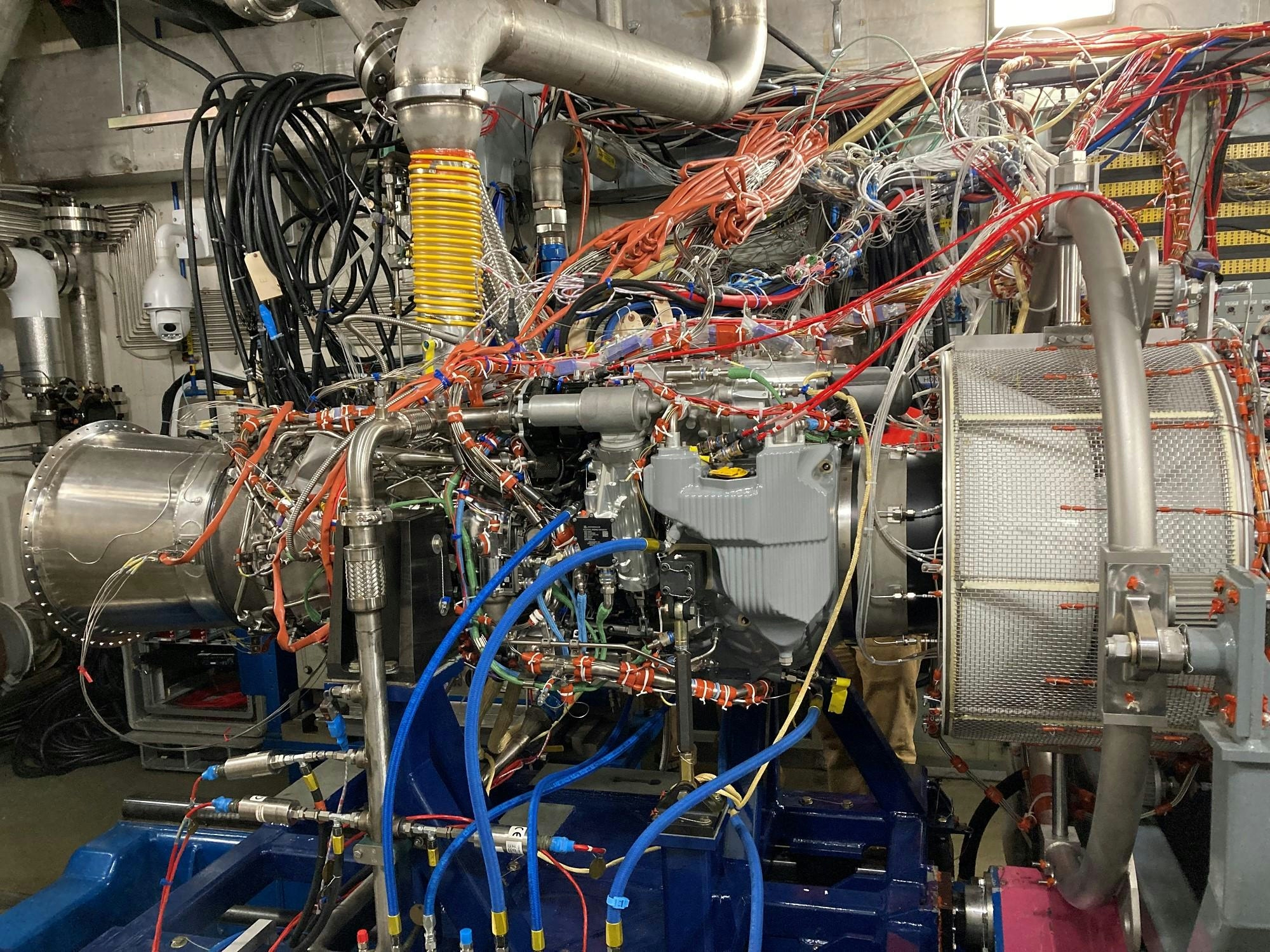
Nearly 80 Years After the Jet Engine's Invention, Only a Few Countries Lead Its Development
Nearly eight decades since the jet engine revolutionized aviation, only a select group of countries possess the sophisticated technology necessary to design and manufacture these intricate machines. The United States, Russia, and several European nations continue to dominate this highly specialized field, highlighting the formidable technical barriers that restrict broader participation. Experts regard jet engine development as the pinnacle of manufacturing, requiring the integration of advanced mechanical design and cutting-edge materials engineering.
Market Outlook and Strategic Investments
The global aircraft jet engine market is projected to reach approximately $280 billion by 2032, according to Pocheon Business Insights. Jet engines constitute a substantial portion of an aircraft’s overall cost, accounting for 20 to 30 percent in commercial twin-engine planes and up to half the cost in high-performance fighter jets. The growing interest in unmanned fighter aircraft is expected to further stimulate demand for advanced propulsion systems, opening new avenues for market growth.
In response to these trends, governments worldwide are intensifying investments in domestic engine development programs to secure technological sovereignty and economic advantages. South Korea, for instance, has embarked on an ambitious project to develop a 16,000-pound-force (lbf) fighter engine. The government has allocated 3.35 trillion won to this initiative, with plans to commence full-scale development next year and conduct test flights within 14 years of the project’s launch.
Technical Challenges and Industry Players
Professor Cho Hyung-hee of Yonsei University emphasizes the complexity of jet engines, which comprise over 20,000 individual components, including compressors, combustors, and turbines. He notes that developing a new engine typically requires an average of 14 years. The South Korean project aims to produce an engine with thrust slightly exceeding that of the U.S. GE F414 engine, which delivers 15,000 lbf and powers the KF-21 fighter. By comparison, the Pratt & Whitney F-135 engine, used in the F-35A, generates up to 28,000 lbf of thrust.
The development process remains extraordinarily challenging due to the need for engines to operate reliably at temperatures often surpassing 1,500 degrees Celsius. The creation of heat-resistant materials and durable structural components is critical, as any failure under such extreme conditions can have catastrophic consequences.
South Korea’s major industrial players, including Doosan Efficiency and Hanwha Aerospace, are actively preparing to compete for the government’s engine development contract. Doosan has already engineered a gas turbine with a design closely resembling that of aircraft engines. Hanwha Aerospace has a proven track record, having produced engines for the F-15K and KF-21 fighters, with cumulative production exceeding 10,000 units as of last year.
Global Industry Dynamics and Future Prospects
The global jet engine sector faces multiple challenges beyond technical complexity. Maintaining technological leadership is difficult as only a few countries dominate the market. Geopolitical tensions complicate international collaboration, while increasingly stringent environmental regulations demand reductions in emissions and improvements in fuel efficiency. Leading manufacturers such as Pratt & Whitney and GE Aerospace are intensifying competition, driving innovation through strategic partnerships, substantial research and development investments, and the adoption of advanced materials and technologies.
Professor Cho encapsulates the significance of jet engine development by describing it as “the final stage of mechanical engineering technology.” The ongoing race to master this technology continues to shape the future of aerospace, carrying high stakes for both established industry leaders and emerging competitors.
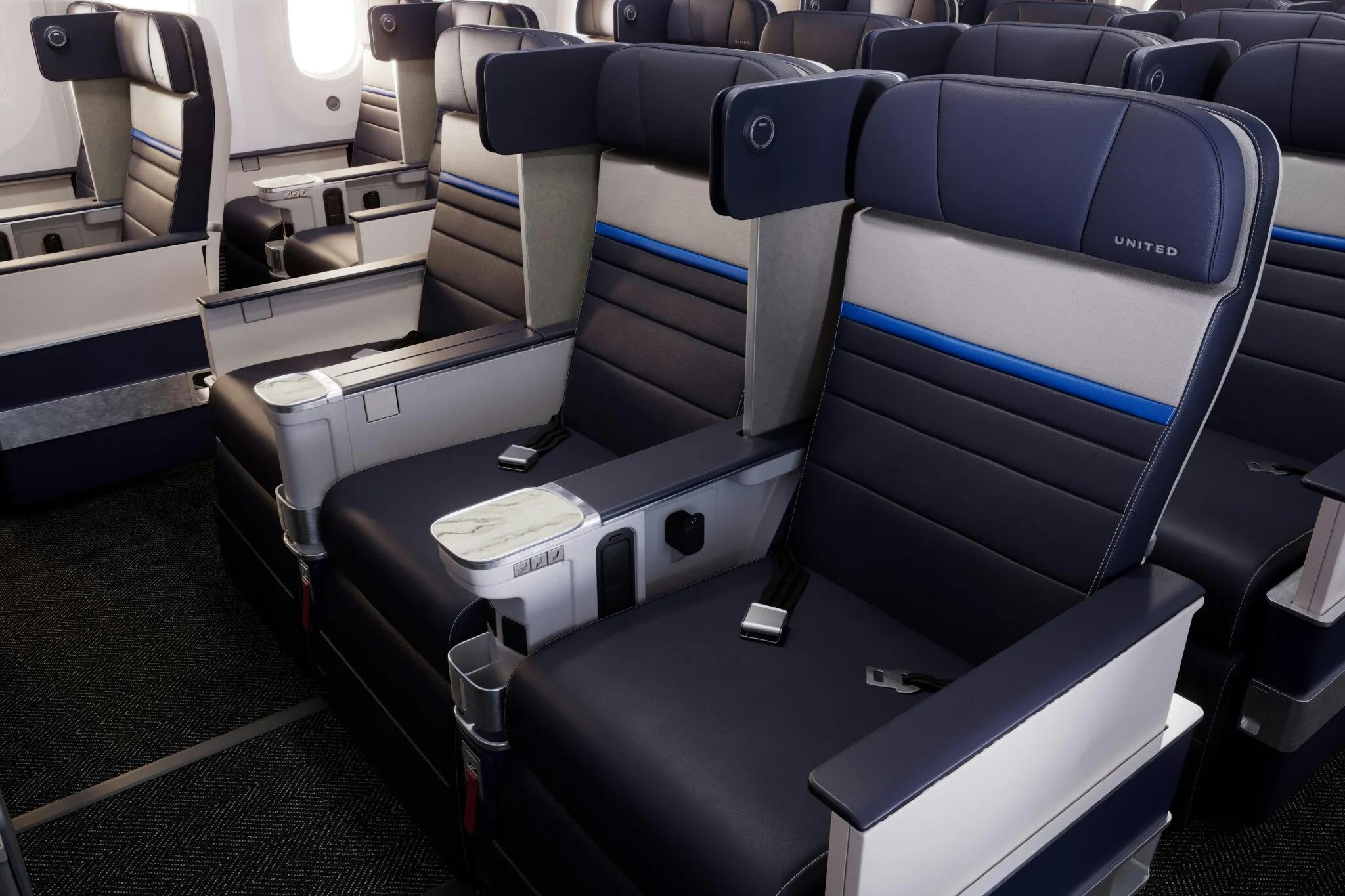
United Airlines Announces Routes for New Premium Boeing 787s
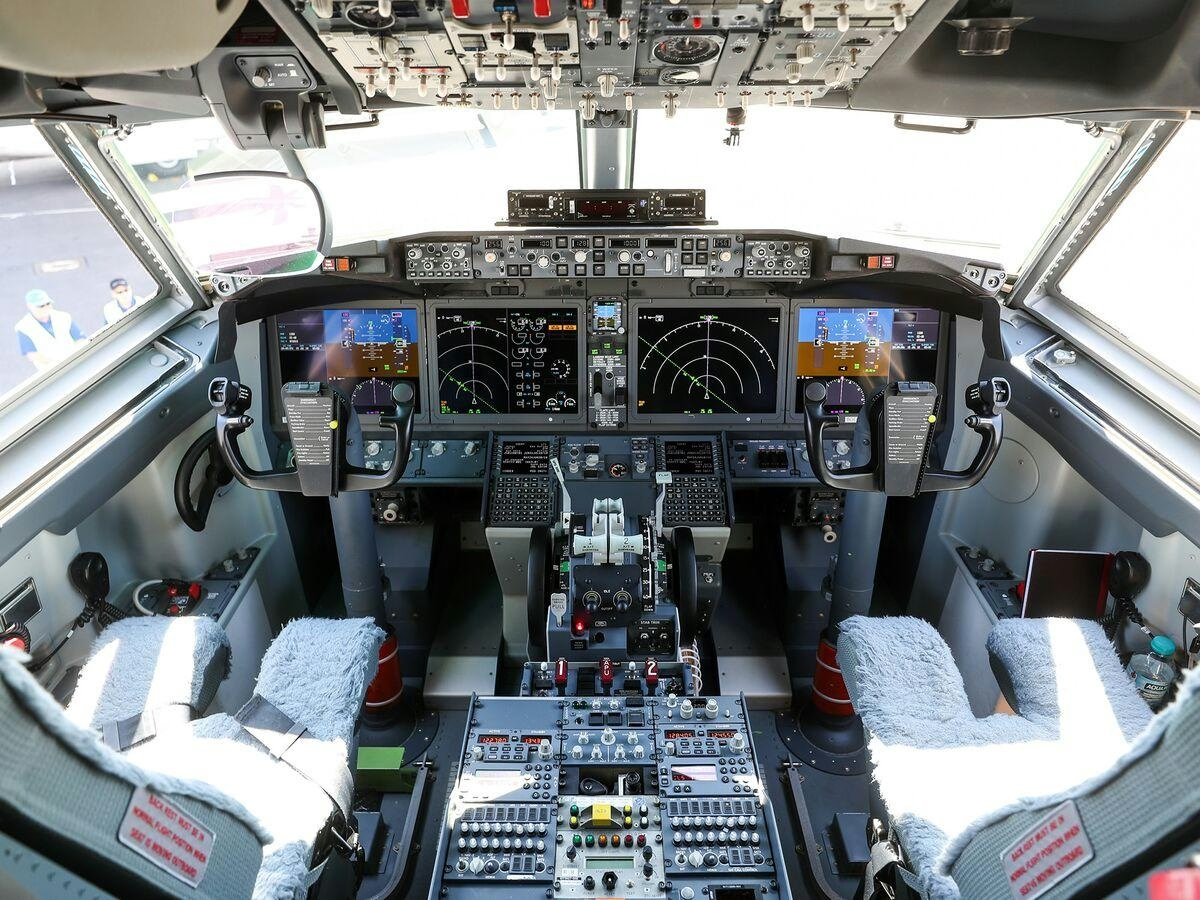
Boeing Introduces Remote Co-Pilot Technology
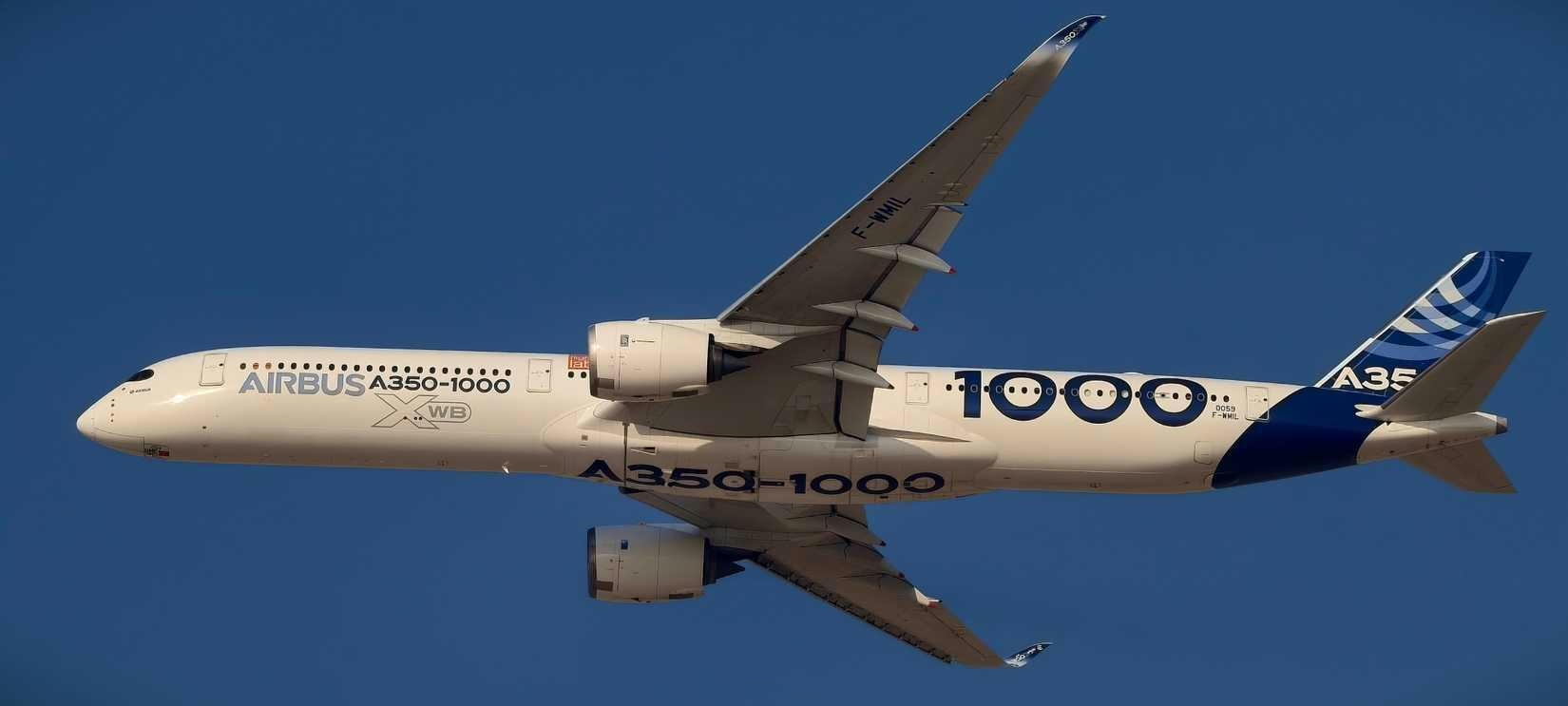
The Airbus A350-1000’s Fuel Efficiency Advantage Explained

McNally Capital Expands Aviation Operations to Support Global Tourism

Two Young Climbers Begin Winter Ascent of McKinley
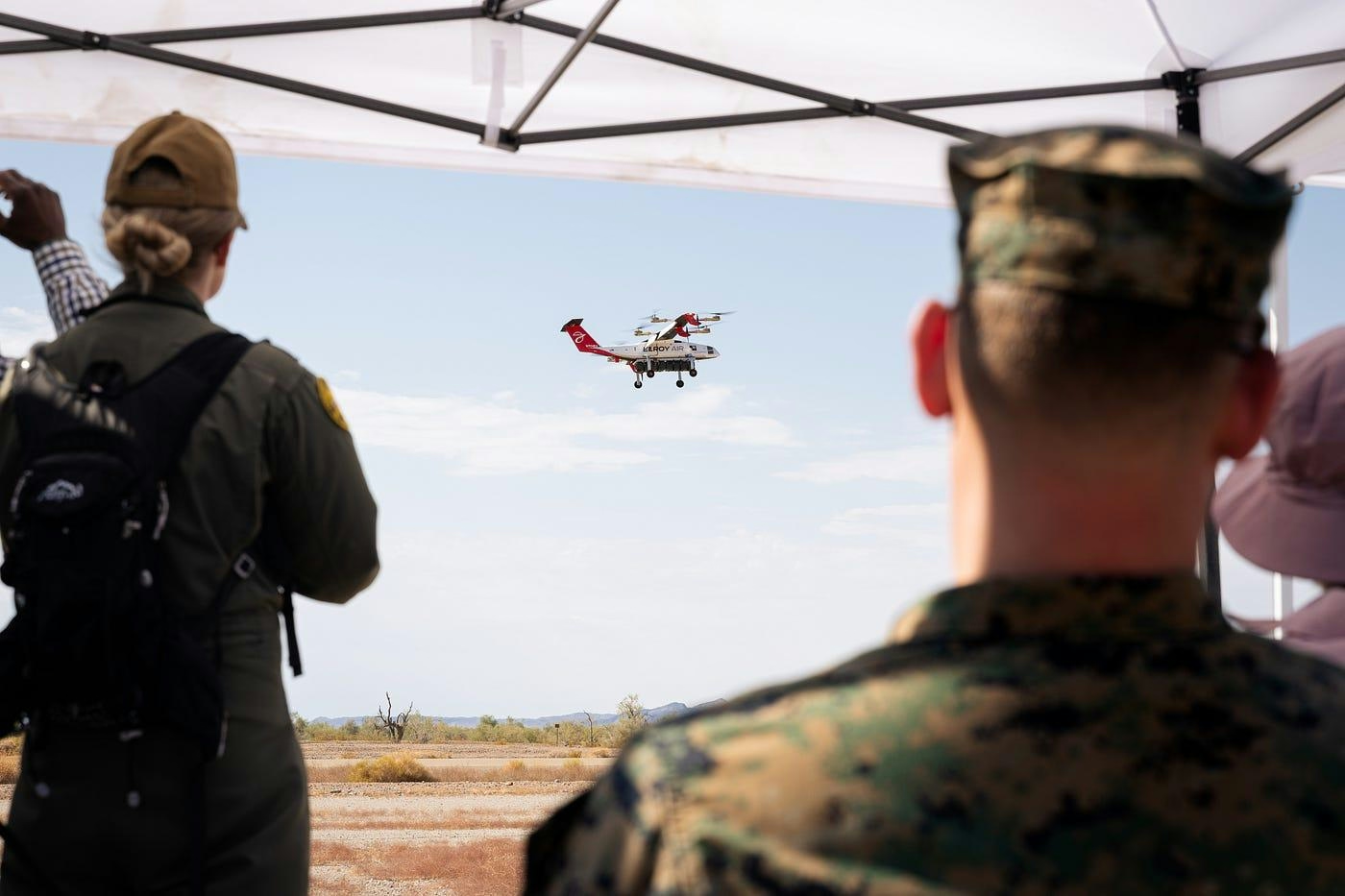
Elroy Air’s Autonomous Chaparral Delivers Lunch on A-to-B Flight
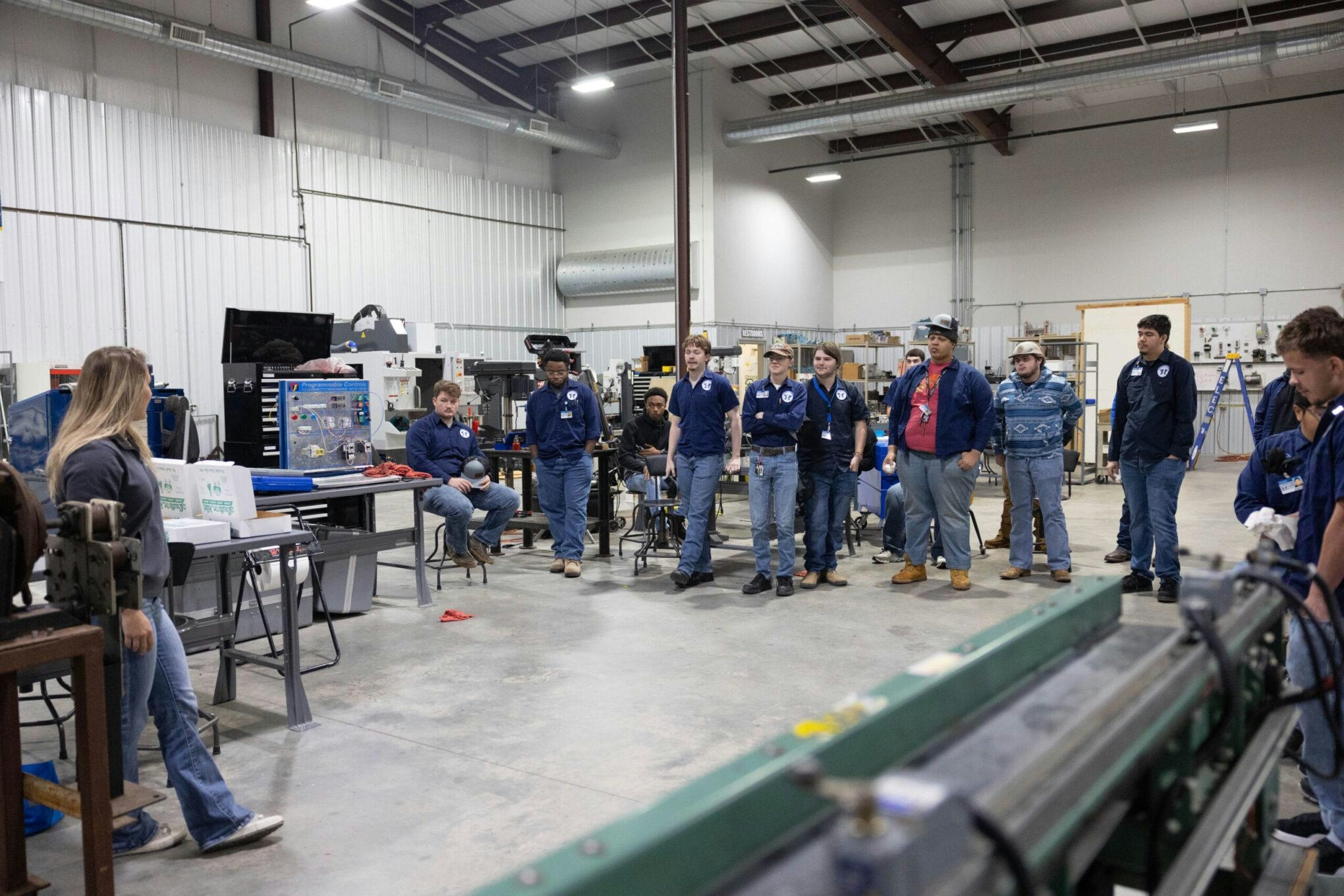
Texarkana College Holds First Graduation for Aviation Maintenance Technician Program
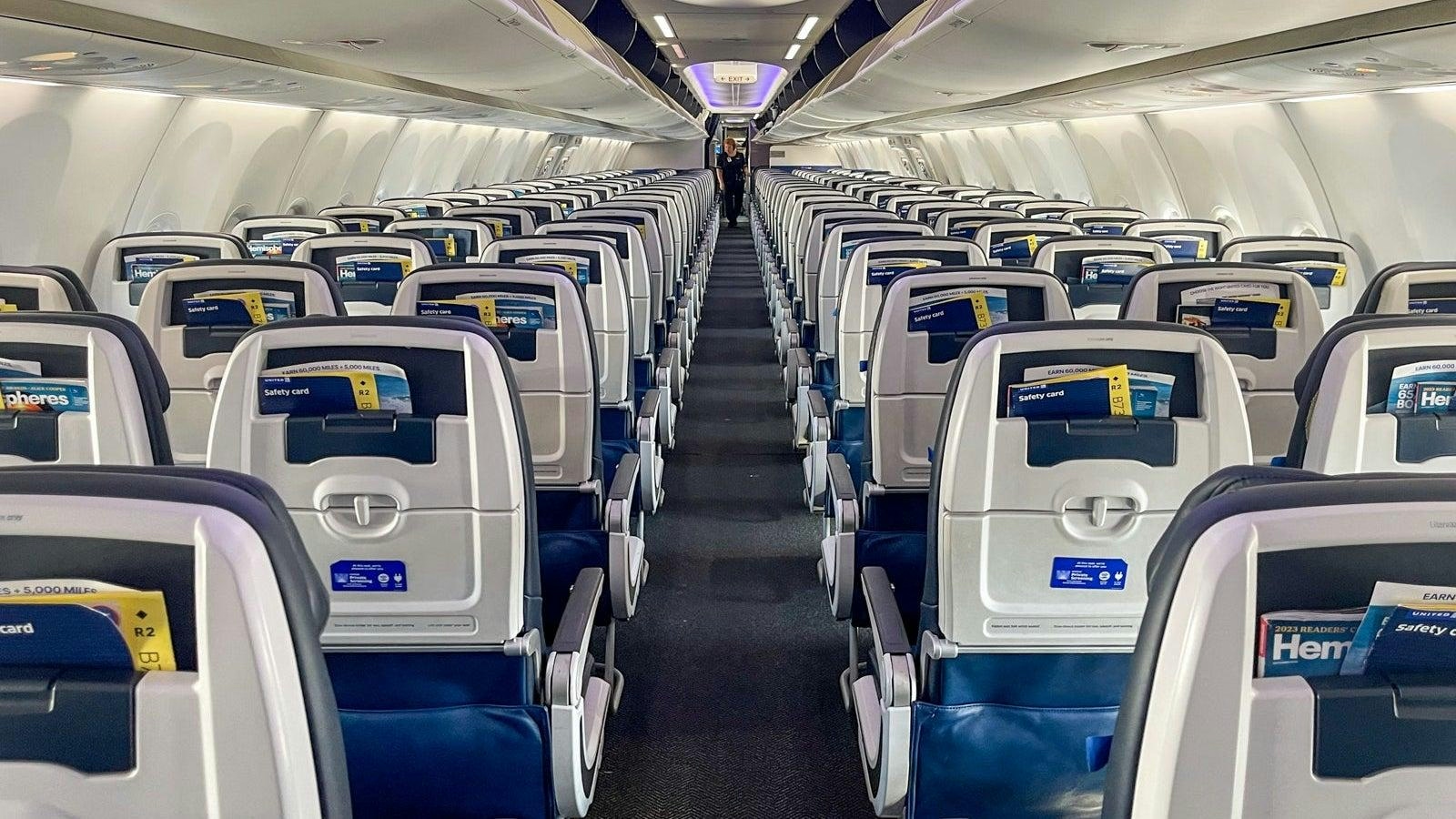
United’s 737 MAX 10s Have Flown Over 300 Hours Without Passengers

Airlines Adapt to Trade Disruptions and Supply Chain Challenges
